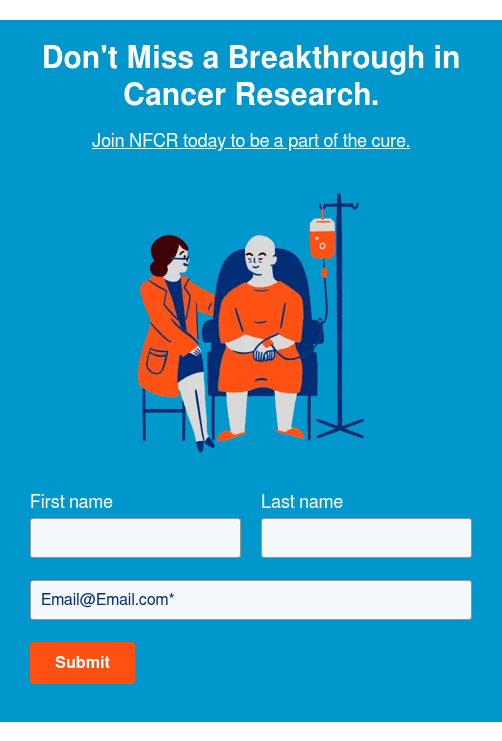Why is Lung Cancer So Deadly?

Only 16% of lung cancers are identified at an early stage, making treatment and survival much more difficult.
Each year, hundreds of thousands of Americans are diagnosed with lung cancer. Tragically, lung cancer is amongst the deadliest forms of cancer, claiming more lives each year than breast, prostate, and colon cancers combined. With other forms of cancer being extremely treatable, many are left asking why lung cancer is still claiming so many lives each year.
One of the most common misconceptions is that lung cancer is so deadly simply because it is common. However, when compared to other extremely common cancers, such as breast cancer, the number of deaths is still highly disproportionate. Breast cancer has seen a great and consistent decrease in number of deaths in relation to the number of cases since 1989. This is attributed to both the advances in treatment and advances in early detection measures. Breast cancer today is able to be detected at an early stage, greatly improving a patient’s chance of survival. Lung cancer has benefited from improved treatment options, however only 16% of lung cancers are identified at an early stage. As lungs are an internal organ, they cannot be externally examined, and symptoms only occur once the cancer has advanced. This makes it extremely difficult for lung cancer to be detected early.
Once the disease spreads, it is considered metastatic lung cancer. This means that the cancer cells are able to spread to other areas of the body, making treatment also extremely difficult. Because the vast majority of lung cancer cases are diagnosed in the metastatic stage, chemotherapy is typically the best treatment option. Unfortunately, chemotherapy is not always effective. Some lung cancer cells are intrinsically resistant to chemotherapy while others develop a resistance and then multiply. The lack of other treatment options greatly contributes to lung cancer’s shocking death toll.
Thankfully, many researchers around the world are working tirelessly to create early detection tools and better treatment options. New studies have shown that low-dose CT screening can aid in the early detection of lung cancer. This screening is available for people who are considered high risk for lung cancer, such as people who smoke regularly or people who used to smoke regularly.
NFCR-Supported Lung Cancer Research
In addition to increasing the early detection rate, researchers are uncovering the mystery behind chemotherapy-resistant cancer cells. NFCR-funded researchers Dr. Alice Shaw, Dr. Michael Sporn, and Dr. Daniel Von Hoff have been working on separate projects exploring ways to successfully treat lung cancer that would likely be resistant to chemotherapy.
Dr. Shaw has identified unique drug combinations that have halted the growth of resistant cells in tumor models. This treatment is currently available in clinical trials and will likely lead the way in the development of effective therapies.
Dr. Sporn has also discovered an innovative treatment option for similarly difficult-to-treat cancers. His treatment is currently in Phase 1 of clinical trials for lymphoma patients, with plans to eventually trial the treatment in lung cancer patients.
Dr. Von Hoff is conducting game-changing translational research to develop a strategic antibody treatment for lung cancer. These antibodies are currently concluding pre-clinical trials and will soon apply to commence clinical trials.
Though lung cancer remains an extremely deadly type of cancer, there is great hope on the horizon to reduce the fatalities associated with this disease.
To learn more about these NFCR-funded research projects in lung cancer, please visit the Lung Cancer Quick Facts Sheet.
Sign-up to Stay Informed About Cancer Research Breakthroughs with NFCR!
Additional Reads You May Enjoy:
New Device Means Better Lung Cancer Treatment Faster
[vc_template name=”A world without”]
A world without cancer is possible. Help us turn lab breakthroughs into life-saving realities.

5.7 Million+
Donors who have fueled NFCR’s mission

$420 Million+
Invested in high-impact research & programs

36+ Labs & Hundreds of
Nobel Laureates & Key Scientists received NFCR funding, driving breakthrough research











